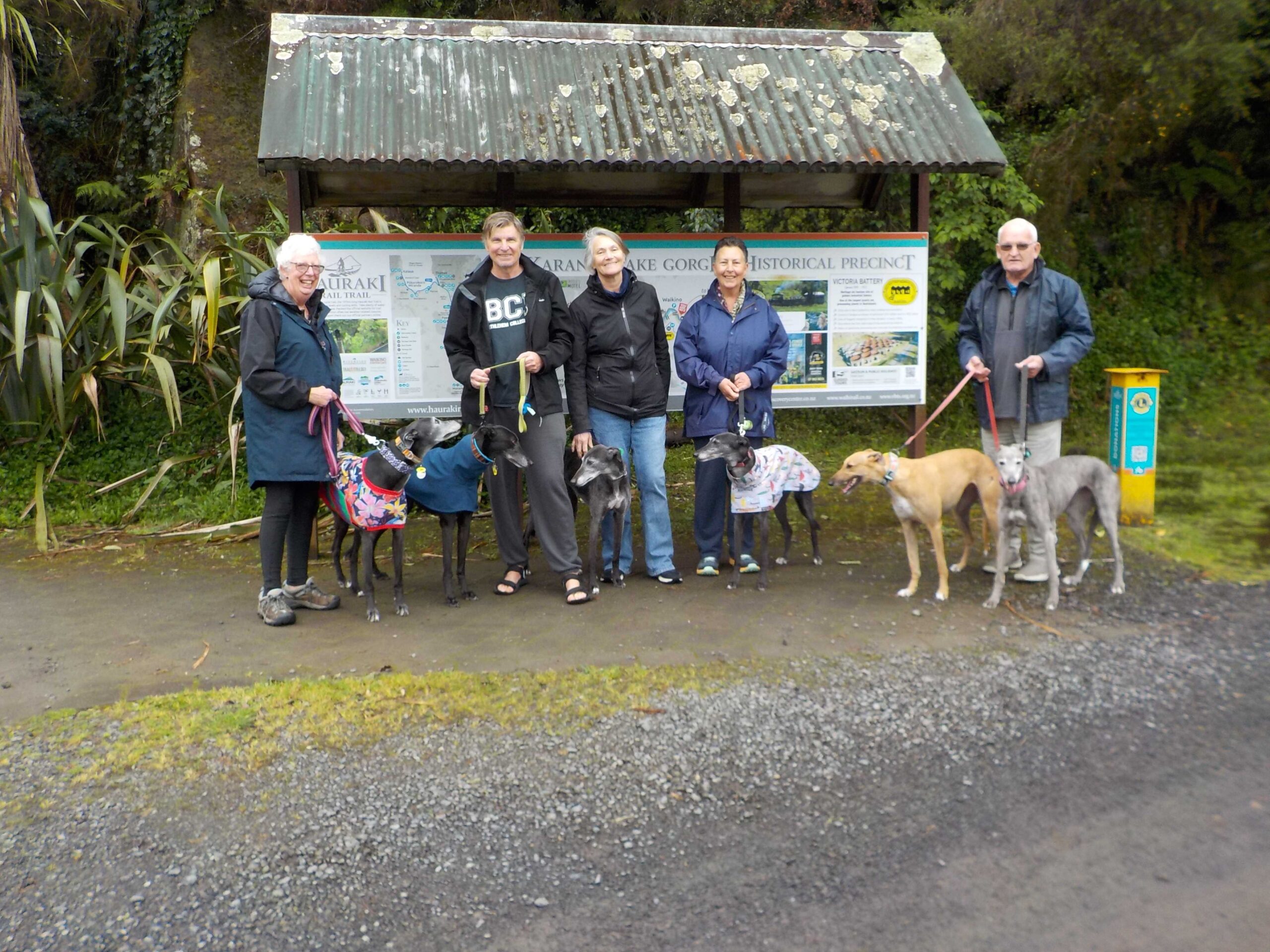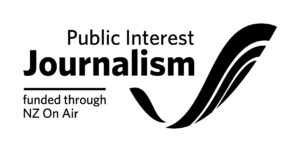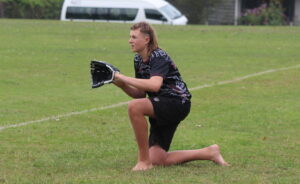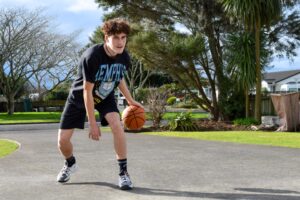In Jan Curran’s Waihī home, an entire sofa and several outdoor cushions are reserved for her greyhounds, Rihanna and Molly. The slender, elegant canines spend much of their time lounging here, far from the racecourse where they spent their early lives.
The retired racers, sometimes dubbed “professional couch potatoes”, make ideal pets, Jan said.
“They’re not running, jumping, barking, licky dogs,” she said.
“They are quiet, gentle, intelligent, quick to learn and eager to please.”
Jan’s two hounds recently participated in the annual Great Greyhound Global Walk, an event raising awareness of the breed’s suitability as a household animal after retiring from racing. This year’s September 24 event saw a record 36 countries participate, with 11,818 dogs going for walkies around the globe. Just under 500 of those hounds walked in New Zealand, at 30 registered walk events across the country.

Among the New Zealand events was a Waikino ramble to Victoria Battery, followed by lunch at the Station cafe. Molly and Rihanna were happy to lead the pack, and although the turnout was small Jan said the dogs were happy to make the most of it.
“I can’t do the walks now because of health issues … but [partner] Tom does them all,” she said.
“Since the Great Global Greyhound walks started about eight years ago our old girl [Rihanna] has done every single one of them.”
Jan’s own greyhound journey began in 2010, when she adopted ex-racer Beyonce.
At the time, greyhounds weren’t considered pet material, and Jan said there were only two of the breed in the Waihī area.
“Unfortunately a lot of trainers had to have them put down. Beautiful, healthy dogs. And it was really, really sad,” Jan said.
“When I found out there were adoption kennels operating, I applied to adopt and I don’t regret it. I’ve got [Beyonce’s] ashes here. She was so good, just fitted in and I still get a bit teary when I think of her.”
Now, there is a “no kill” policy in greyhound racing, so dogs unsuited for racing are also put up for adoption. Molly, Jan’s youngest dog, is a rehabilitated hound due to an injury requiring pins in her front leg.
Jan said more retired people were now adopting greyhounds as well, and said their docile nature and need for only 30 minutes of exercise a day made them easy to manage.
“They can take them walkies without being pulled off the lead,” Jan said, also noting that they would run well alongside a mobility scooter.
“And they’re so good as therapy dogs. We used to go to the rest homes here … the residents’ faces would light up. The dogs would go right up alongside the bed and stand there so they could have a cuddle and a pat.”
Jan said the walks were a great opportunity to clear up common misconceptions about the breed.
“It’s to show Joe Public that these dogs make wonderful pets, that is the idea. There is life after racing,” Jan said.
“I’ve met so many people through this. The hounds all love to get together. We’ve had a lot of lovely experiences with them, and wonderful times.”
By ALICE PARMINTER, Public Interest Journalism funded by NZ on Air





